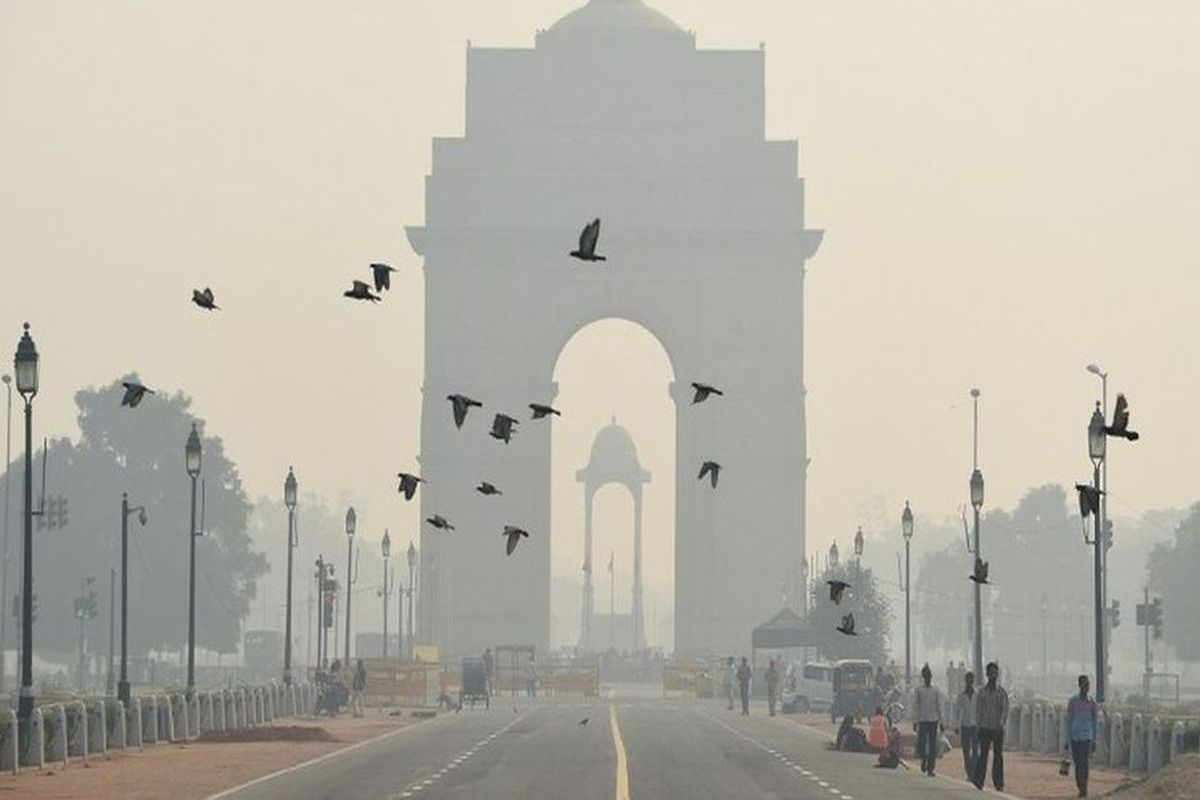A day before Diwali, the Delhiites woke up under a blanket of smoggy sky as the air quality remained in the “poor” category with the overall Air Quality Index (AQI) at 266.
According to the System of Air Quality and Weather Forecasting And Research (SAFAR), the AQI index in the overall Delhi region was in the ‘poor’ category at 266, ‘very poor’ category in the Delhi University area at 329, ‘poor’ quality in Mathura Road and Lodhi Road at 293 and 218 respectively on Sunday morning. The levels of PM 2.5 and PM 10 were recorded at 110 in the ‘poor’ and 237 in the ‘moderate’ category respectively.
Advertisement
Meanwhile, Noida’s overall air quality also stood in the ‘very poor’ category with the AQI at 311. However, the air quality in Gurugram stood in the ‘moderate’ category with an AQI of 139.
An AQI between zero and 50 is considered good, 51 and 100 satisfactory, 101 and 200 moderate, 201 and 300 poor, 301 and 400 very poor, and 401 and 500 severe.
SAFAR also advised the sensitive groups to reduce prolonged or heavy exertion and take more breaks and do less intense activities.
“Asthmatics, keep medicine ready if symptoms of coughing or shortness of breath occur. Heart patients, see a doctor if get palpitations, shortness of breath, or unusual fatigue,” it said in its advisory.
Meanwhile, the Delhi government has banned the production, storage, sale, and bursting of crackers this year as well as fines and jail terms in case of violation.
In a bid to reduce vehicular pollution, the Delhi Government also announced the ‘Red Light On Gaadi Off’ campaign.
Under the campaign, public representatives and officials will motivate commuters to turn their vehicles off at red lights in a bid to curb vehicular pollution.
The air quality in the national capital is also affected because of stubble burning in surrounding Punjab, Uttar Pradesh, Haryana, and Rajasthan in the winter.
As Delhi and the National Capital Region (NCR) continue to breathe toxic air, the Chairman of Fortis Escorts Heart Institute Dr. Ashok Seth said that the pollution not only damages the lungs but it also affects our hearts.
“While pollution has only been linked to lung problems as asthma gets worsens, people often ignored the proven fact that air pollution leads to increased heart damage and we should not ignore this.”
“In fact, as we have been seeing the increase in heart disease in young people in the last few years, I believe that it is caused by air pollution that has got worse over the last 20 years as well as their lifestyles. For the last 20 years, this has been recognized by all authoritative scientific bodies of cardiology,” Dr. Seth said.
Dr. Seth explained how air pollution causes inflammation in the arteries of the heart and damages the heart.











